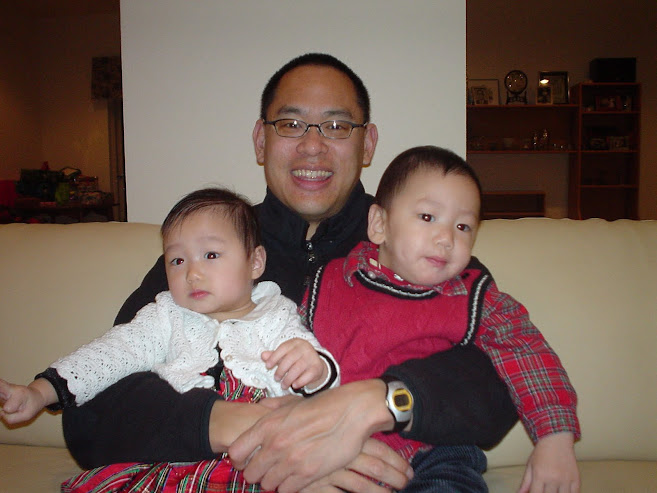See Genetic correlation of social outcomes between relatives (Fisher 1918) tested using lineage of 400k English individuals, and further links therein. Also recommended: this recent podcast interview Clark did with Razib Khan.
The other day a reader familiar with Clark's work asked me about my family background. Obviously my own family history is not a scientific validation of Clark's work, being only a single (if potentially illustrative) example. Nevertheless it provides an interesting microcosm of the tumult of 20th century China and a window into the deep past...
I described my father's background in the post Hsu Scholarship at Caltech:
Cheng Ting Hsu was born December 1, 1923 in Wenling, Zhejiang province, China. His grandfather, Zan Yao Hsu was a poet and doctor of Chinese medicine. His father, Guang Qiu Hsu graduated from college in the 1920's and was an educator, lawyer and poet.
Cheng Ting was admitted at age 16 to the elite National Southwest Unified University (Lianda), which was created during WWII by merging Tsinghua, Beijing, and Nankai Universities. This university produced numerous famous scientists and scholars such as the physicists C.N. Yang and T.D. Lee.
Cheng Ting studied aerospace engineering (originally part of Tsinghua), graduating in 1944. He became a research assistant at China's Aerospace Research Institute and a lecturer at Sichuan University. He also taught aerodynamics for several years to advanced students at the air force engineering academy.
In 1946 he was awarded one of only two Ministry of Education fellowships in his field to pursue graduate work in the United States. In 1946-1947 he published a three-volume book, co-authored with Professor Li Shoutong, on the structures of thin-walled airplanes.
In January 1948, he left China by ocean liner, crossing the Pacific and arriving in San Francisco. ...My mother's father was a KMT general, and her family related to Chiang Kai Shek by marriage. Both my grandfather and Chiang attended the military academy Shinbu Gakko in Tokyo. When the KMT lost to the communists, her family fled China and arrived in Taiwan in 1949. My mother's family had been converted to Christianity in the 19th century and became Methodists, like Sun Yat Sen. (I attended Methodist Sunday school while growing up in Ames IA.) My grandfather was a partner of T.V. Soong in the distribution of bibles in China in the early 20th century.
My father's family remained mostly in Zhejiang and suffered through the communist takeover, Great Leap Forward, and Cultural Revolution. My father never returned to China and never saw his parents again.
When I met my uncle (a retired Tsinghua professor) and some of my cousins in Hangzhou in 2010, they gave me a four volume family history that had originally been printed in the 1930s. The Hsu (Xu) lineage began in the 10th century BC and continued to my father, in the 113th generation. His entry is the bottom photo below.
Wikipedia: The State of Xu (Chinese: 徐) (also called Xu Rong (徐戎) or Xu Yi (徐夷)[a] by its enemies)[4][5] was an independent Huaiyi state of the Chinese Bronze Age[6] that was ruled by the Ying family (嬴) and controlled much of the Huai River valley for at least two centuries.[3][7] It was centered in northern Jiangsu and Anhui. ...
Generations 114 and 115:
Four volume history of the Hsu (Xu) family, beginning in the 10th century BC. The first 67 generations are covered rather briefly, only indicating prominent individuals in each generation of the family tree. The books are mostly devoted to generations 68-113 living in Zhejiang. (Earlier I wrote that it was two volumes, but it's actually four. The printing that I have is two thick books.)




No comments:
Post a Comment